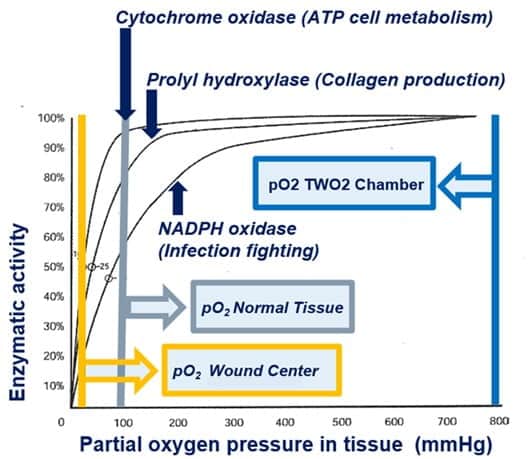
Wound care is a critical aspect of healthcare, particularly for individuals suffering from conditions like diabetic ulcers. Diabetic ulcers can be stubborn and challenging to treat, often leading to complications if not managed effectively. One innovative solution that has shown great promise in wound care is the hyperbaric chamber. This article explores hyperbaric sections as advanced wound care solutions for diabetic ulcers, shedding light on their benefits and potential to transform how we manage chronic wounds.
Understanding Diabetic Ulcers
Diabetic ulcer is a common complication of diabetes and typically occurs on the feet and lower extremities. These ulcers develop due to a combination of factors, including poor blood circulation, nerve damage (neuropathy), and reduced immunity. When left untreated, they can lead to severe complications such as infection, gangrene, and even amputation.
Challenges in Diabetic Ulcer Wound Care
Effective wound care for diabetic ulcers is often challenging due to the unique characteristics of these wounds:
Slow Healing: Diabetic ulcers tend to heal slowly, partly because of poor blood circulation, which limits the delivery of essential nutrients to the wound site.
Infection Risk: The compromised immunity of diabetic patients makes them more susceptible to infection. Infections can further delay the healing process and lead to severe complications.
Diabetic foot ulcer: A high likelihood of recurring and creating a cycle of treatment
High Recurrence Rates: Even when treated, diabetic foot ulcer has a high likelihood of recurring, creating a cycle of treatment and recurrence that can be physically and emotionally taxing for patients.
Hyperbaric Chambers: An Innovative Approach
Hyperbaric oxygen therapy (HBOT) is a medical treatment that involves breathing pure oxygen in a pressurized chamber. While it has been used for various medical conditions, including decompression sickness and carbon monoxide poisoning, it is increasingly gaining recognition as a valuable adjunct therapy for wound care, particularly for diabetic ulcers.
How Hyperbaric Chambers Work
Hyper Chamber or hyperbaric chamber creates an environment where the patient breathes oxygen at higher-than-normal atmospheric pressure. The increased pressure allows the body to absorb more oxygen, which, in turn, enhances the body's natural healing processes. This approach is particularly beneficial for wound care because it:
Increases Oxygen Delivery: HBOT significantly increases the amount of oxygen dissolved in the blood. This oxygen-rich blood can reach areas with compromised blood circulation, such as diabetic ulcers, stimulating tissue repair and regeneration.
Benefits of Hyperbaric Chambers in Wound Care
Improved Blood Flow: Hyperbaric therapy can stimulate the growth of new blood vessels, a process called angiogenesis, which enhances blood circulation. This is particularly beneficial for patients with poor circulation, a common issue in diabetes.
Reduced Swelling and Inflammation: HBOT can help reduce swelling and inflammation, relieving patients with painful ulcers. It can also minimize tissue damage caused by excessive inflammation.
Enhanced Collagen Production: Collagen is a crucial component of the skin and connective tissues. Hyperbaric oxygen therapy can promote collagen production, forming healthy, robust tissue.
Fewer Amputations: By promoting faster wound care solutions the risk of infection, hyperbaric chambers can help reduce the need for amputations in diabetic patients.
Improved Quality of Life: The relief from pain and discomfort that hyperbaric therapy provides can significantly enhance a patient's overall quality of life.
The wound care solutions can help reduce the need for amputations in diabetic patients.
Challenges and Considerations
While hyperbaric oxygen therapy shows great promise in wound care, it has challenges and considerations. Some crucial points to keep in mind include:
Access and Cost: Not all healthcare facilities have hyperbaric chambers, and the therapy can be relatively expensive. Patients may need to travel to receive treatment, and insurance coverage may vary.
Conclusion
Hyperbaric chambers have emerged as a promising frontier in wound care, particularly for diabetic ulcers. Their ability to improve blood flow, reduce swelling and inflammation, and accelerate the healing process can make a significant difference in the lives of patients with chronic wounds. While challenges exist, such as access and cost, the potential benefits of reducing amputations and enhancing quality of life cannot be ignored.

No comments yet